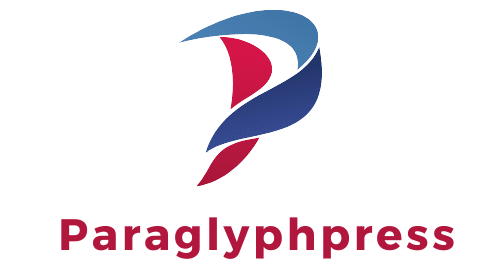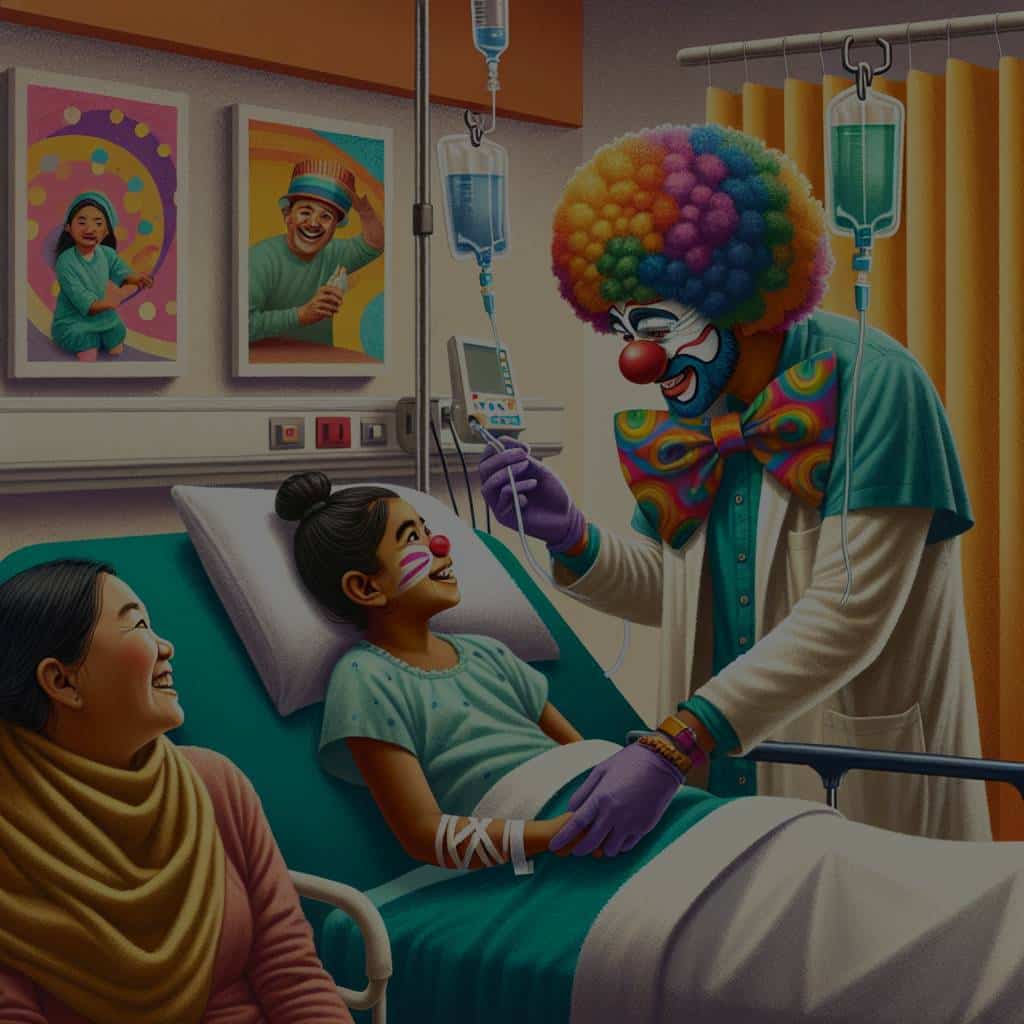The medical community continually searches for ways to improve patient care and experience, particularly in pediatric settings. Amidst the sterile environment and unfamiliar faces, children may feel a heightened sense of anxiety and pain. A recent trend in healthcare, the use of medical clowns, has been introduced as a possible solution to this problem. This article will delve into various studies to answer the question: can medical clowning in pediatric care reduce anxiety and pain perceptions in children?
The Concept of Medical Clowning
Medical clowning, also known as clown care or therapeutic clowning, is a health practice where professionally trained clowns use humor and play to interact with patients, particularly children, in hospitals. While it may seem unusual at first, consider the phrase "laughter is the best medicine." This section will explore the rationale and evidence behind this seemingly unconventional approach.
This might interest you : How Does the Design of Healing Gardens in Hospitals Affect Patient Outcomes?
A Google scholar search reveals numerous studies examining the effect of medical clowning on children’s health. A 2012 study published in the Journal of Pain and Symptom Management found that children who interacted with a clown before a medical procedure reported less anxiety and pain compared to a control group. In another study from 2016, published in the European Journal of Pediatrics, researchers discovered that the presence of a clown during a medical procedure significantly reduced the pain and fear levels in children.
The Role of Clowns in Reducing Anxiety
The hospital environment can be intimidating for children. The unfamiliarity, coupled with the anticipation of potential pain from procedures, can provoke significant anxiety. This section focuses on how clowns may help to alleviate this common issue in pediatric care.
Topic to read : How Can Companion Robot Pets Benefit the Elderly in Long-Term Care Facilities?
A 2009 study available on PubMed discusses the effect of clown intervention on anxiety levels among children undergoing minor surgery. The study found that children who had a clown present before and during the procedure had significantly lower anxiety levels. The use of humor and playfulness helped distract the children from their fears and created a more friendly, less threatening environment.
The Impact of Clowns on Pain Perception
Pain is an unfortunate but common part of many medical procedures. However, the perception of pain can be influenced by various factors, including mental and emotional state. This section will discuss the studies that explored how clowning might affect children’s perception of pain.
A 2013 study on PubMed indicated that the presence of clowns during venipuncture, a common medical procedure that often causes pain and distress among children, significantly reduced self-reported pain levels. The clowns were able to distract the children and make the overall experience less threatening and fearful.
Clowning and Adolescents: Is the Approach Effective?
While the majority of studies focus on younger children, it’s important to consider the potential benefits for adolescents as well. Adolescents are often overlooked in pediatric care despite their unique psychological needs. This section will examine whether the clowning approach is effective for adolescents.
One study in the Journal of Adolescent Health investigated the effect of clowns on anxiety and pain levels among adolescents undergoing endoscopy procedures. The results showed that clown intervention significantly decreased both anxiety and pain perceptions in adolescents, indicating that this approach can be effective across a range of ages.
Potential Considerations and Limitations of Clowning
While the evidence points towards the benefits of medical clowning, it’s crucial to consider potential limitations and drawbacks. Some children may have a fear of clowns, known as coulrophobia. Also, the appropriateness and effectiveness of clowning can vary depending on the child’s age, type of procedure, and personal preferences.
Despite these possible limitations, medical clowning offers a promising route for enhanced patient care in pediatric settings. It adds a human touch to the often cold, clinical hospital environment, and has proven to be an effective method in reducing anxiety and pain perceptions among children and adolescents. The use of clowns in pediatric care signifies a shift towards incorporating holistic, child-centered approaches in healthcare, to ultimately improve patient health and wellbeing.
Clowning and Its Potential Effect on Mental Health
The role of medical clowning extends beyond simply reducing anxiety and pain perception. In fact, some studies suggest that this practice could potentially have a broader impact on a child’s mental health. This section will delve into this potential benefit of clown care.
A study available on PubMed titled "Impact of Hospital Clowns on Child and Caregiver’s Anxiety and Pain Perception" found that the presence of clowns not only reduced the immediate stress and pain experienced by children but also improved their overall mood and attitude towards medical procedures. By turning a potentially frightening situation into a positive and playful one, clowns could potentially mitigate the long-term psychological impact of hospital visits for children.
Moreover, a Google Scholar search reveals a study titled "Medical Clowning: More than Just a Laughing Matter." This study, published in the Journal of Alternative Complementary Medicine, suggests that the positive effect of clown intervention can extend to caregivers as well. The findings indicate that the presence of clowns during medical procedures can also reduce the anxiety levels of parents, thus creating a more positive environment for all involved.
However, as with any health intervention, more research is needed to fully understand the potential mental health benefits of medical clowning. While current studies show promising results, larger scale investigations and randomized controlled trials are necessary to validate these findings and explore potential long-term effects.
Conclusion: The Future of Medical Clowning in Pediatric Care
In conclusion, the practice of medical clowning holds great promise for pediatric care. Current studies, as detailed in this article, have highlighted the potential of clowns in reducing anxiety, altering pain perceptions, and positively impacting the mental health of children and adolescents.
However, it’s not without potential limitations. Fear of clowns, or coulrophobia, can pose a challenge. Further, the effectiveness of clown intervention may vary depending on age, the type of procedure, and individual preferences. As such, it’s crucial to ensure that the use of clowns is tailored to the needs of each patient.
Despite these considerations, the benefits of medical clowning are clear. It represents a shift in healthcare towards a more humanistic, patient-centered approach. This method not only makes the hospital experience less intimidating for children but also adds a much-needed dose of compassion and humanity into the sterile environment of medical care.
As we move forward, it will be crucial to continue exploring and validating this approach through systematic review, meta-analysis, and randomized controlled trials. The future of pediatric care may indeed be brighter – and more humorous – thanks to the role of medical clowns.






